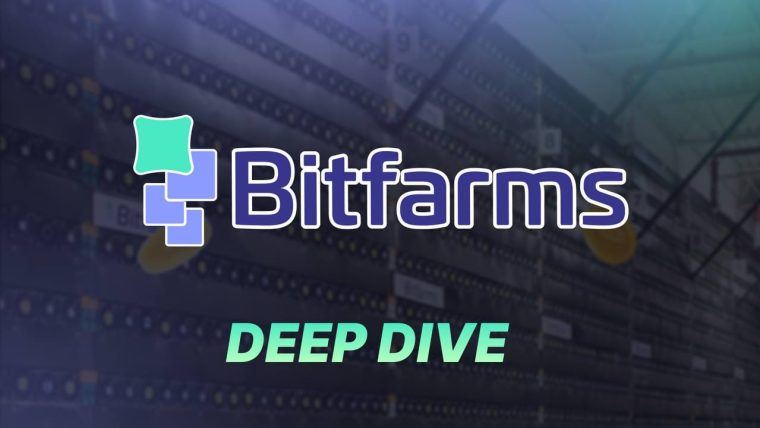Solana推出创新共识协议:大幅提升带宽与降低延迟
Solana, a top-ten cryptocurrency project, has announced an upgrade to its consensus protocol to enhance network performance. The new implementation, Alpenglow, significantly reduces latency to near-instant levels while improving scalability and throughput

Solana, a leading cryptocurrency project in the top ten, has announced a major update to its consensus protocol aimed at boosting network performance. The new solution, named Alpenglow, reduces latency to near Web2 levels, allowing Solana to compete directly with traditional Web2 providers.
Solana Aims to Compete with Web2 Providers through the New Alpenglow Consensus Protocol
As one of the largest and most widely used blockchain protocols, Solana has unveiled a significant change to enhance its network's performance and address previously unconsidered use cases. The Anza developer group, which is focused on Solana's development, introduced Alpenglow, a new consensus protocol designed to increase the network's bandwidth while reducing its latency.
In a detailed blog post explaining the upcoming changes to Solana, Anza revealed that traditional components, such as TowerBFT and Proof-of-History (PoH), will be phased out in favor of Votor and Rotor. These new components are designed to improve voting efficiency and finality times.
Votor, a key part of Alpenglow's voting mechanism, optimizes block finality based on the staked amount of participants, ensuring quicker decision-making. Rotor, another critical component, enhances data propagation compared to previous implementations, enabling faster communication across the network.
Additionally, Alpenglow introduces enhanced resilience measures to allow the network to operate effectively under tough conditions, with up to 20% of the staked capital acting as network adversaries, helping maintain security and stability.
According to Anza, these new features are expected to allow Solana to achieve transaction finality in just 100-150 milliseconds, marking a 100x reduction in latency. This improvement opens up new possibilities for use cases that require near-instantaneous finality.
The post explained:
A median latency of 150 milliseconds not only makes Solana incredibly fast but also positions it to compete with Web2 infrastructures in terms of responsiveness, potentially enabling blockchain technology to be used for a new class of applications that demand real-time performance.
These applications could include on-chain gaming systems, faster decentralized physical infrastructure networks (DePIN), and other operations that currently only traditional providers can support due to their rapid finality times.
The Alpenglow consensus protocol is currently in the prototype stage and will enter Solana’s testnet within the next few months. The official rollout will be determined through the Solana Improvement Document (SIMD) proposal, which is expected to be finalized later this year.
Read more: Solana is gearing up to disrupt the mobile industry with Seeker.
-

-

-

-

-

-

-

-

-

-

-

-











